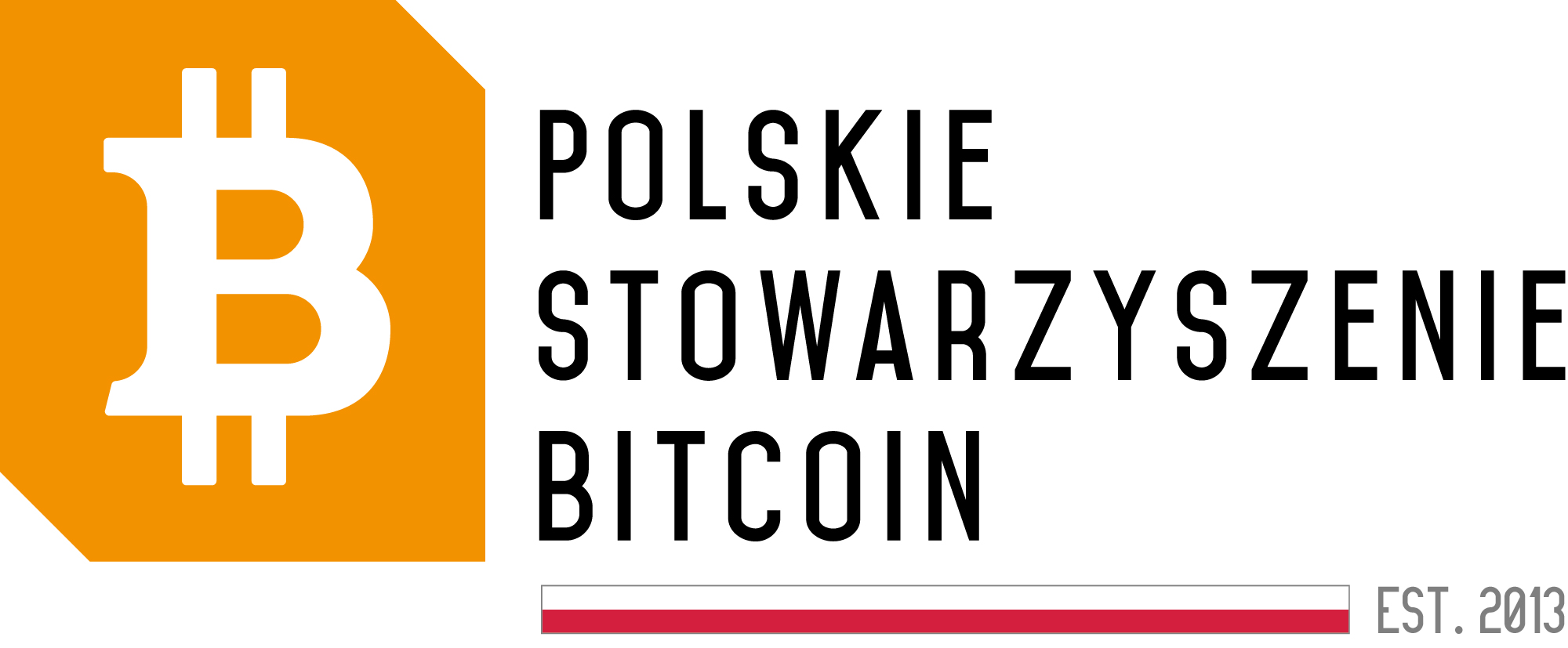The Upcoming Bitcoin Halving in 2024
The upcoming Bitcoin halving, which signifies a reduction in the reward for mining new Bitcoin blocks, scheduled for April 2024, is sparking significant interest and speculation among investors and cryptocurrency market observers. What should one know about this event and what could its potential consequences be for the value of Bitcoin and the world of cryptocurrencies?
Bitcoin Halving – What Is It?
Bitcoin halving is a process in which the reward for mining a Bitcoin block is cut in half. After each halving, the new units of Bitcoin entering circulation are limited, affecting the balance between the demand and supply of this cryptocurrency.
Possible Effects of the Reward Reduction in 2024
The next reduction of the reward from 6.25 BTC to 3.125 BTC could lead to a substantial increase in Bitcoin prices. Research conducted by Galaxy Digital suggests that up to 20% of Bitcoin’s computing power may disappear after the halving, as older devices become unprofitable.
After each halving, the price of Bitcoin usually rises, potentially reaching new all-time highs for this cryptocurrency. Currently, ahead of the planned halving in 2024, we are witnessing a bull market, with Bitcoin’s market capitalization surpassing 1 trillion dollars.
The Rise in Bitcoin Prices and Changes in the Cryptocurrency Market
The reduction in supply and the increase in demand for Bitcoin post-halving could lead to a significant price surge. However, the decreased profitability of mining implies that only the most efficient miners will survive, potentially resulting in a more centralized mining landscape.
Bitcoin as a Deflationary Asset
Halving serves as a method to manage inflation in the world of cryptocurrencies, strengthening Bitcoin’s position as a deflationary asset and “digital gold.” The Bitcoin halving in 2024 could mark a pivotal moment for the cryptocurrency market, raising expectations for further price increases and the evolution of this dynamic sector.







